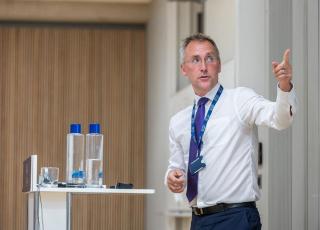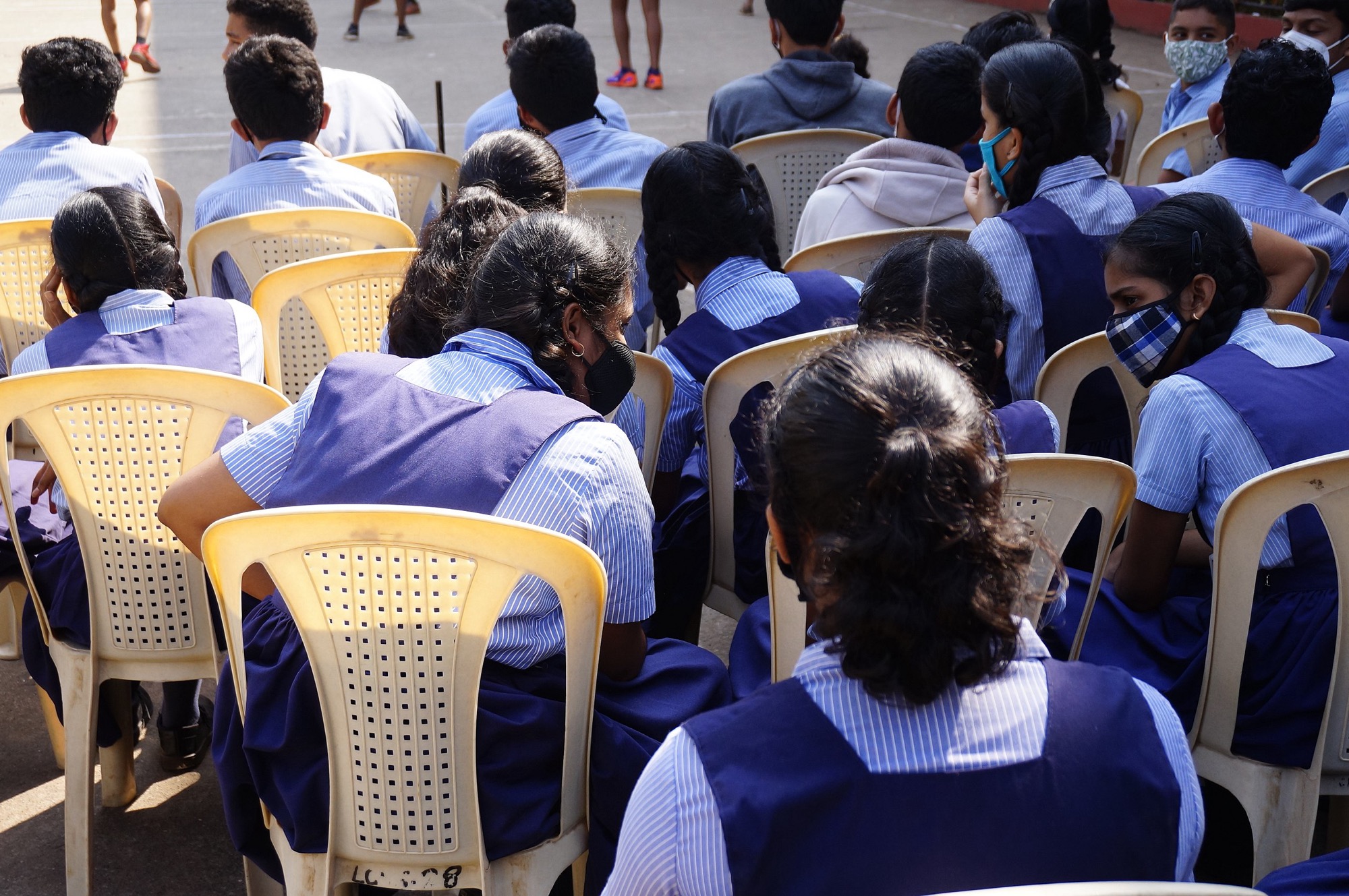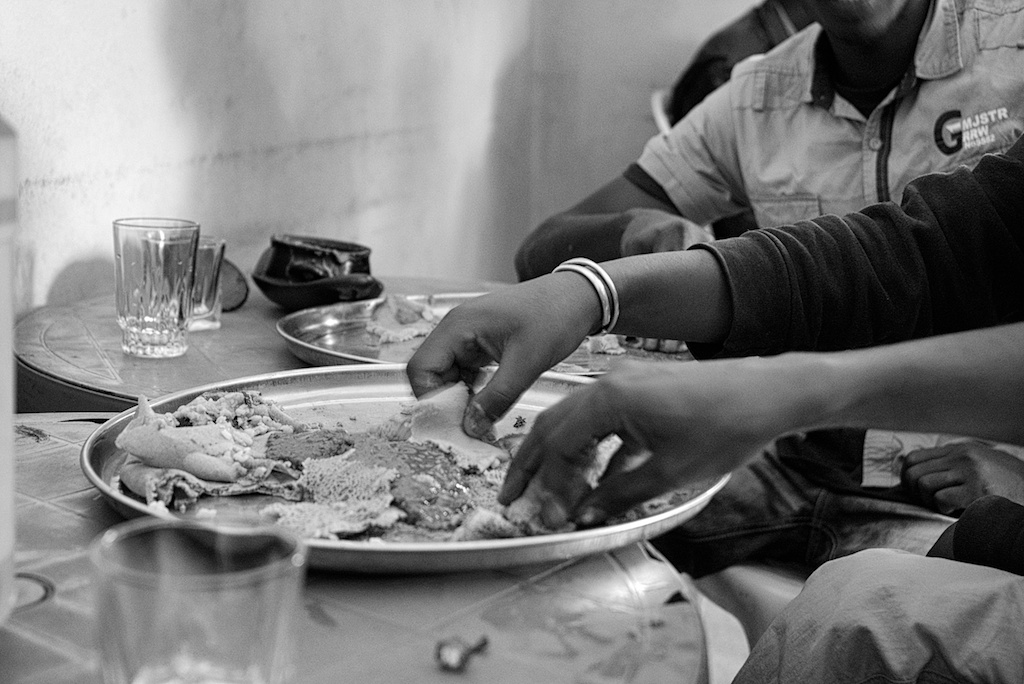Our resources thrust participants into the heart of real-world scenarios, from crisis management in the UK during the Covid-19 pandemic to cross-party education reform in Brazil.
Many of our resources are available on The Case Centre distribution platform. Educators who are registered with the site can access free review copies of our case studies, teaching notes, and other materials.
To inquire about our other cases or background materials, please contact us at casecentre@bsg.ox.ac.uk.
DIKSHA: a transformational bet on educational outcomes in India?
In late 2021, India’s secretary of school education and literacy, Anita Karwal, needed to decide whether to continue to invest in DIKSHA, India’s government-owned, free-to-use education technology, in the coming fiscal year. DIKSHA, which had been developed in 2017 in partnership with two not-for-profits, was originally designed for teacher training and had low uptake in its first years. Yet over time DIKSHA gained new capabilities, transforming it into an increasingly popular direct-to-student learning platform. Then in 2020, during pandemic-related school closures, DIKSHA witnessed an exponential growth in usage.
By late 2021, DIKSHA had seen billions of individual ‘learning sessions’, and many teachers responded positively about the platform and its educational uses. However, high adoption was not matched by high impact in India’s most underserved communities, not least because connecting to DIKSHA required internet access, which a 2021 survey suggested that a quarter of Indian students did not have. Now, with budgets tightening, Karwal had to decide whether to continue to bet scarce resources on DIKSHA or whether there were better uses of the limited public budget to be found.
- Consider the challenges and opportunities of working with third sector partners;
- Explore the trade-offs involved in designing for equity versus excellence;
- Understand policy and design decisions involved in edtech.
Tackling undernutrition in Ethiopia through the Seqota Declaration
In 2015, the Ethiopian government signed the Seqota Declaration, a high-level political commitment to end stunting in Ethiopian children under two by 2030. The country’s existing nutrition programme was failing to deliver on promises of collaboration across the various federal ministries and local-government levels involved and, as a result, the different sectors were sometimes even working at cross purposes.
The implementation of the Seqota Declaration was intended to address this lack of collaboration and be multisectoral, although the Programme Delivery Unit was housed at the Ministry of Health and several other sectors believed Health was continuing to dominate the nutrition landscape. Then, just a year into the 15-year programme, one senior minister stopped attending the fortnightly meetings. With limited resources available for implementing the declaration and with the different sectors having many issues vying for their time, this case study asks students to consider how to ensure political buy-in for this supposedly multisectoral endeavour.
- Consider how to build effective multi-sectoral collaborations;
- Develop strategies for maintaining high-level political commitment for implementing multi-year policies among multiple stakeholders
Reproducing success? Applying lessons in education reform to Campos dos Goytacazes
The education system in Campos dos Goytacazes (Campos), a municipality of 500,000 inhabitants located in Brazil’s Rio de Janeiro state, was badly in need of reform in 2022. The city was prosperous, but its relative wealth had not translated into success in educational results. Campos’s new secretary of education, Marcelo Feres, turned to other Brazilian cities for inspiration, among them Sobral, a municipality being presented in education policy circles as an exemplar of reform. Sobral’s education reforms had resulted in the biggest increase in education scores in the country between 2005 and 2017.
But the path had involved some politically difficult decisions, especially a reorganisation of the school network. This process had involved closing a number of small schools, and consolidating students in fewer, but larger, schools, thus allowing the city to provide single-grade classes and better facilities. Feres knew he would not be able to replicate Sobral’s reforms exactly in the Campos context, yet he believed restructuring the physical network, including closing some small schools might allow the municipality to establish more hours of schooling, improve conditions and help professionalise management, as it had in Sobral. But when a list of 20 schools being considered for closure was leaked to the teachers’ union, Feres found himself in the middle of a growing political storm in which he needed to reassess his strategy to improve Campos’s schools.
- Consider how to apply a model reform in a new political and social context;
- Analyse a model series of education reform policies;
- Develop strategies for sequencing controversial reforms effectively.




